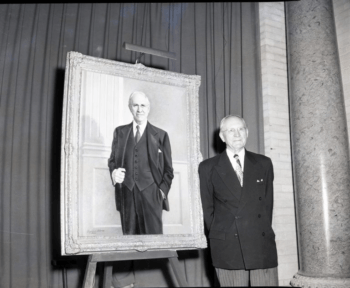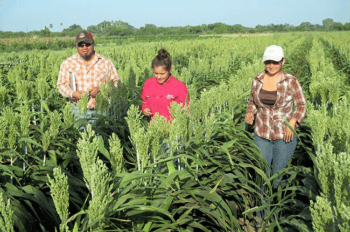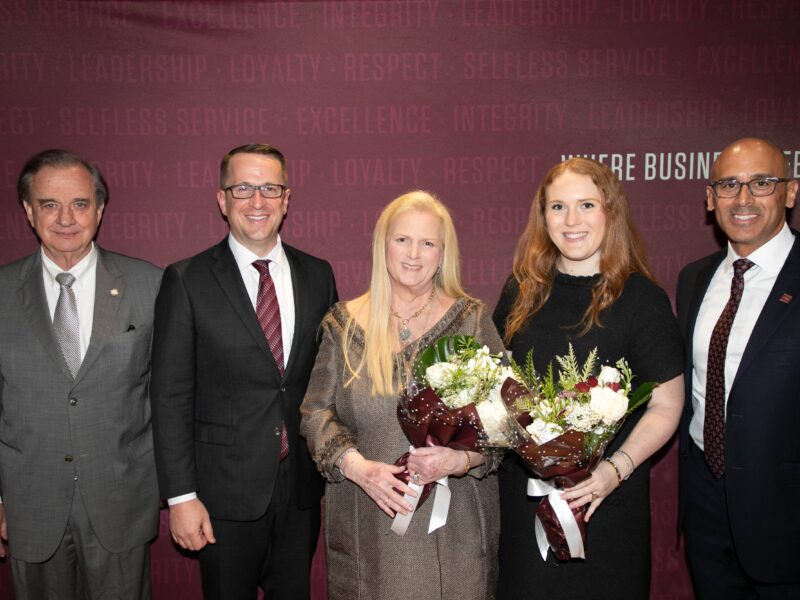Celebrating The Legacy Of E.J. Kyle On Agriculture’s 140th Year

Mention the name “Kyle” around Texas A&M University and one automatically thinks of Aggie athletics and the football field at College Station.
But Kyle also should be given an “A” for his role in steering agriculture in the early years of Texas A&M.
Across the nation in the post-Civil War era, agriculture was pegged as the industry that would strengthen and prosper the United States. Having a consistent, abundant food and fiber supply was vital. In fact, the U.S. Congress passed the Morrill Act in 1862, granting land in every state for the establishment of a college where agriculture and mechanics could be researched and taught.
Texas made good on the act 140 years ago by opening the Agricultural and Mechanical College of Texas in 1876. That same year, about 125 miles away, a boy named Edwin Jackson Kyle was born.
The son of a Texas legislator and landholder, Kyle took an early liking to agriculture and after graduating from Texas A&M in 1899, set out for Cornell University in Ithaca, New York, to complete his graduate degrees. His native state reclaimed Kyle when Texas A&M hired him as a horticulture instructor in 1902, and he advanced to head the horticulture department by 1905.
Researching, teaching and overseeing horticultural efforts at Texas A&M might have been Kyle’s claim to fame had it not been for his second interest in athletics.
Kyle was wearing a second hat as General Athletics Association director and his push to develop a field for sporting activities, historic documents indicate, was not supported by Texas A&M officials. So, Kyle decided to sacrifice a piece of land on campus that previously was designated for horticulture experiments. With his own money, $650, Kyle built and arranged bleachers for people to view events.
Students dubbed the area Kyle field by 1908, and in 1956 the Texas A&M board officially adopted the name, which continues in the same location for the noted football stadium.
Kyle, meanwhile, was chosen as the first dean of the College of Agriculture when it was officially created in 1911. He stepped down from his other position with athletics and continued to lead the agriculture college for 33 years, making Kyle the longest-serving dean to date. After his retirement from Texas A&M in 1944 he went on to serve as the American Ambassador to Guatemala. After his service as ambassador Kyle returned to Texas and retired to his home at 800 South Bryan Ave. in Bryan.

Today, the College of Agriculture and Life Sciences 7,786 students majoring in more than 100 undergraduate and graduate programs. Texas A&M AgriLife Research ranks No. 1 in agricultural sciences expenditures with more than $176.4 million, and the Texas A&M AgriLife Extension Service spans the state with 900 professional educators providing programs accessible by every resident in every Texas county.
Just as his efforts in athletics led the way for the university’s major role in the sporting sector, so did Kyle’s tenure in agriculture firmly secure Texas A&M’s role as a land grant university now and for the future.
Media Contact: Kathleen Phillips, Texas A&M College of Agriculture & Life Sciences.





